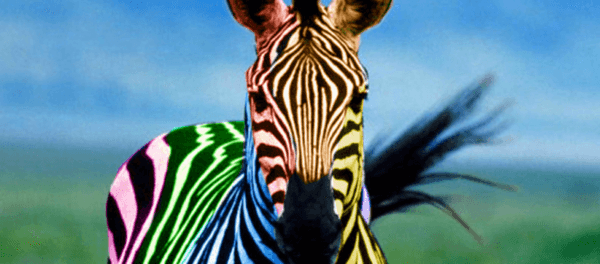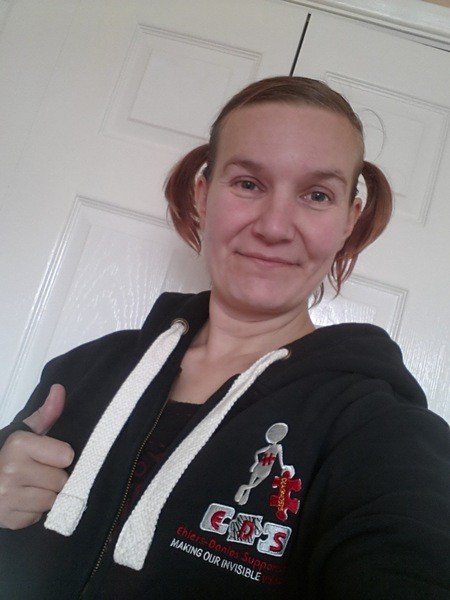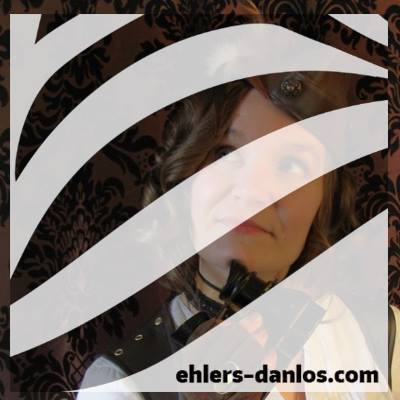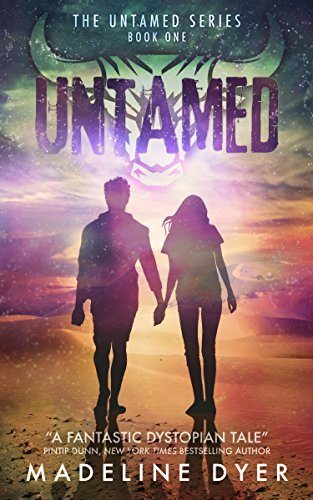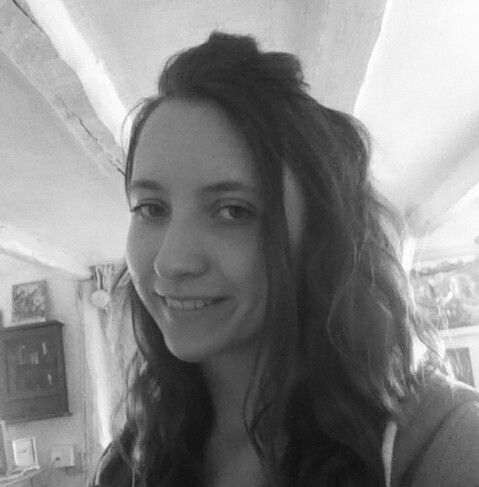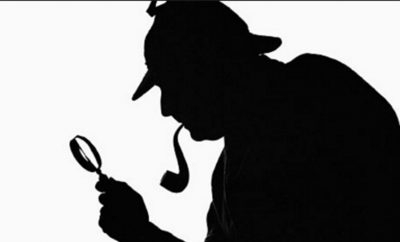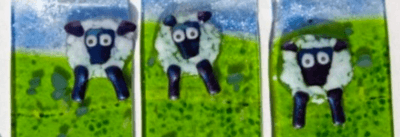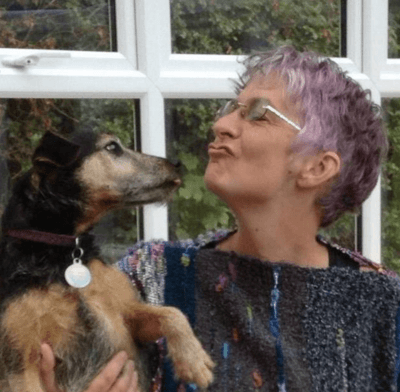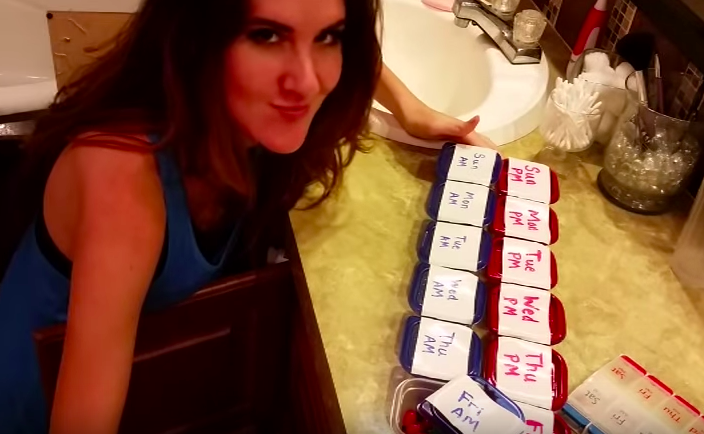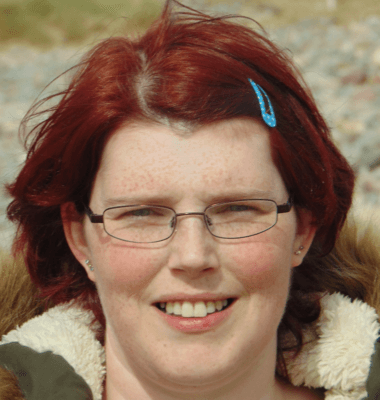
Hi, I’m Roz, and I’m the artist behind North Mayo Fine Art.
I’ve been creating art for most of my life, but have been an artist for 3 years. I might not have become an artist, had it not been for the fact that I became disabled, with multiple chronic illnesses, and became housebound.
I want to tell you a bit about what happened to me, and why I’m thankful that my life took the turn that it did.
I started to draw at a young age, and could always be found with a pad and pencil in my hand. My first drawings were the normal, square houses with the sun in the corner, and the V shaped birds. I remember drawing various animals including lambs, chicks and a horse that I was so proud of, and my people were the typical triangle body and fat arms and hands that rolled into one object. I was so proud of my drawings, and thought that they were the best drawings in the world.
I took art at school and enjoyed it so much that I asked the head of the art department whether I could take an extra GCSE in art, which I did (I did 2D and 3D art) I then went on to do a GNVQ in Art and Design in the Sixth Form.
I decided to get a job, and at that point my drawing took a step back, but I still dabbled in it from time to time. I always wanted to work in photorealistic art and that was always in the back of my mind.
Fast forward a few years, and I met my husband, and we decided to start a family, and thats where it all went wrong (for me).
Without going into a lot of detail (and boring you all), my pelvis broke and fused back together in the wrong place, and no one did anything about it. My consultant said it was normal pregnancy pain and I was just exaggerating it for attention. I was so angry. It happened again during the 2nd and 3rd pregnancy too, and still nothing was done.
I now have permanent damage to my back, hips and pelvis and I’m registered disabled. I’ve also developed multiple chronic illnesses including Fibromyalgia, Arthritis, IBS, Postural Hypotension, Asthma and Chronic Migraines to name just a few. I’m not telling you this for pity, but there is a reason for it.
I started many different crafts when I was at home with our first baby, including card making, stamping, crocheting, sewing, paper craft, cooking and weaving, and loved creating hand made items, but after baby number 3, my condition was so bad that I had to give everything up. I hadn’t been able to drive for a long time, my body was too sore to sit at a table to work, and I developed an allergy to every type of wool that I bought. I could no longer stand up to cook either, and I felt like my life was over. I was housebound, and on the verge of bed bound.
I was in so much pain that my bed became my best friend. I couldn’t dress myself, I needed help to have a shower/bath, and had to have the house kitted out with home aids to try and help me manage with everyday tasks. This was not how I imagined my life would be at 27.
I was in a very deep black hole and couldn’t see a way out. I thought that my life was over, and didn’t want to imagine the rest of my life lying in bed in agony. I fell into a deep depression, I hated having to be so dependent on my family, and incapable of managing the simplest of tasks on my own. Being in excruciating pain all the time was awful, and there was nothing I could do to change it. I’m allergic to all pain medications so couldn’t take anything to ease the pain, and other medication I was offered caused some awful side effects.
After many months of wallowing in my own self pity, I decided that I had to pull myself together and find something that I could do. No one else was going to fix me, no one understood what I was going through, and it wasn’t their fault, but without going through something like this, it’s impossible to understand the utter torment that comes with it, so I had to do it myself. I had to drag myself out of the deep black hole and try and get some purpose back to my life.

I got my pad and my pencils out and started to draw. It was something that I could do in bed on my worst days, and curled up in the chair if I felt up to getting up. I could pick it up and put it down whenever I needed to.
Once I realised it was something I could focus on, I started to set myself goals, and challenges, and aims for the future. I started to show my friends online what I’d drawn and got an amazing response from them. It gave me the confidence to start using coloured pencils.
I was determined to improve my techniques, and succeed in my goal to create photorealistic drawings. I worked long and hard, knowing that if I put the effort in, I would get the results I wanted. I also knew that it was going to be a long process, there were days that I could only manage 10 minutes before I had to stop and sleep, and other days I could manage a couple of hours, but I didn’t give up.

As my work improved my friends started to ask for portraits of their pets. I was thrilled that people liked my work enough to want it in their houses. Slowly but surely more and more people came to me wanting work, and my work was getting noticed in more and more places.
In the last 18 months I’ve had my work published in several coloured pencil magazines, I’ve had an article published about taking my own photography for reference photos, and I have 2 exhibitions booked in galleries in the next 12 months. I’ve also brought out my own range of products.
I’m attending my first Craft Fair in August, which will be the first of many fairs and markets that I will be attending.
I still have bad days, days that I can’t face anything more than dragging myself out of bed and down the stairs, just to curl up on the chair and sleep in my pyjamas, and then there are days that I feel well enough to have a shower and get dressed, which is a huge deal for me. Mornings and evenings are hard for me as they are the most painful times of the day, but I manage the best that I can, and when I feel upto drawing I take full advantage of it, and try and create something beautiful.
I feel very lucky, because lots of opportunities are coming my way and I have a very bright future to look forward too, with lots of exciting plans in the pipeline too. None of this would have happened if I hadn’t become disabled, as I would still have been working full time and wouldn’t of had the time to put into my drawing the time that was needed to have been put in to get to the stage that I’m at now.

If I could give anyone that lives through disability or chronic illness one piece of advice, it’s never to give up on yourself or your abilities to achieve anything that you want to. You might have to take a different approach, or work in a different way, but it’s still achievable. You will go though hard times, and you might lose sight of the positives in your life, but they will still be there, and with hard work and perseverance, you can achieve anything that you set your mind to. Take the rough with the smooth, and live your life to the best of your abilities, whatever they are.
Believe in your dreams, and they will come true!
![]()

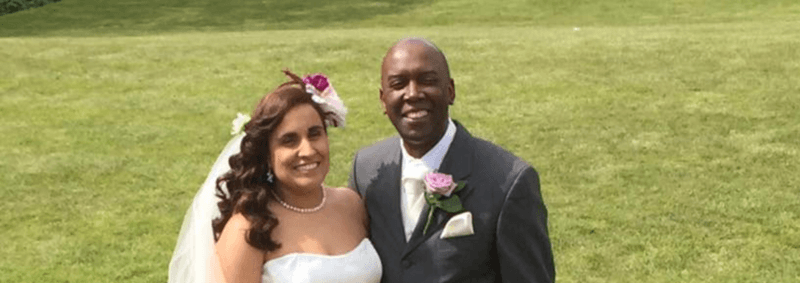
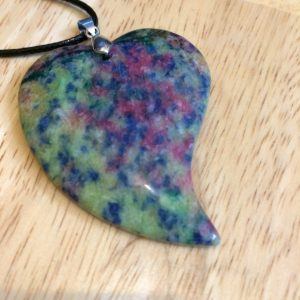
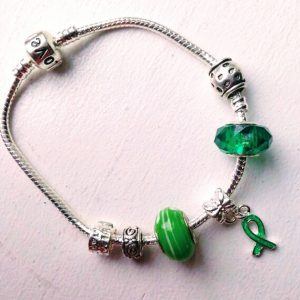

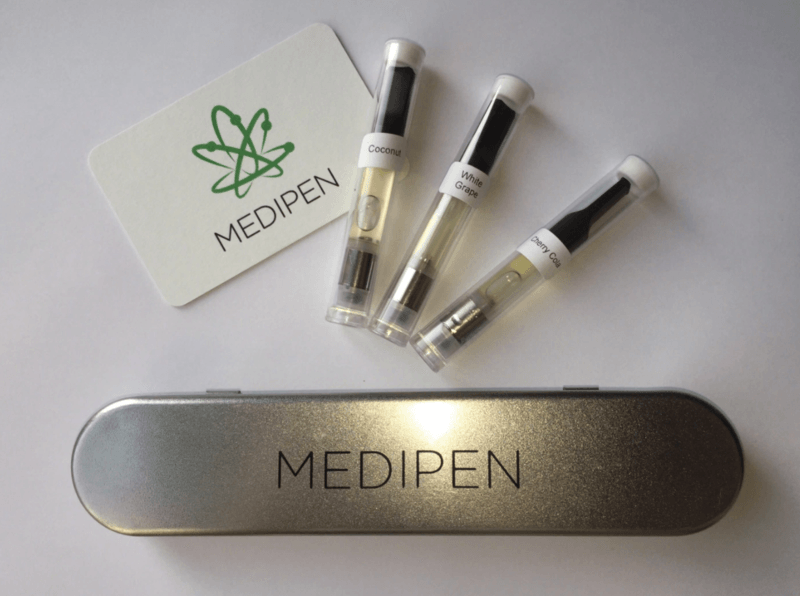
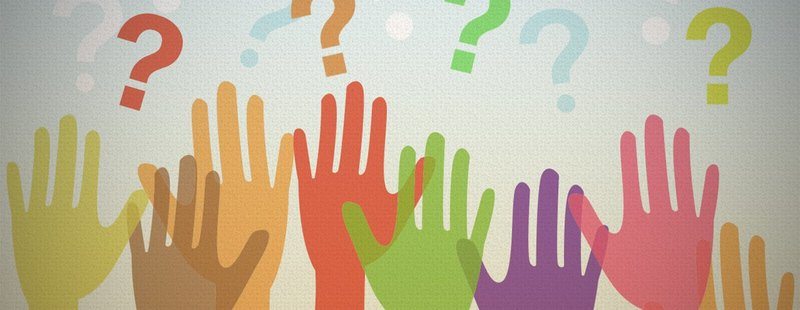
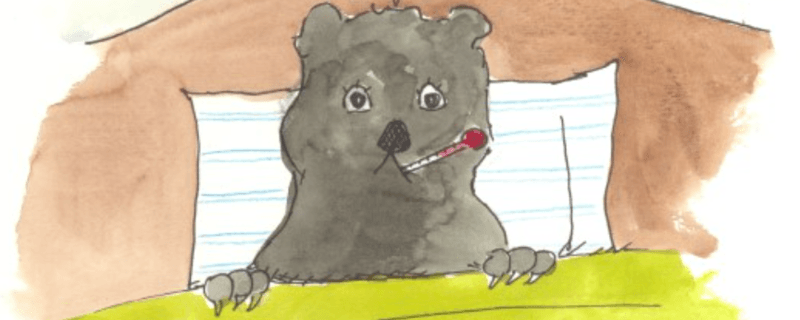
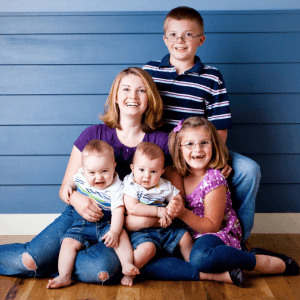
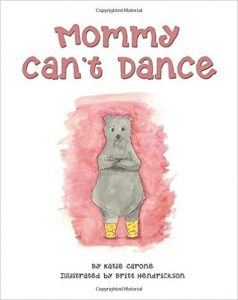 Available to buy via Amazon
Available to buy via Amazon 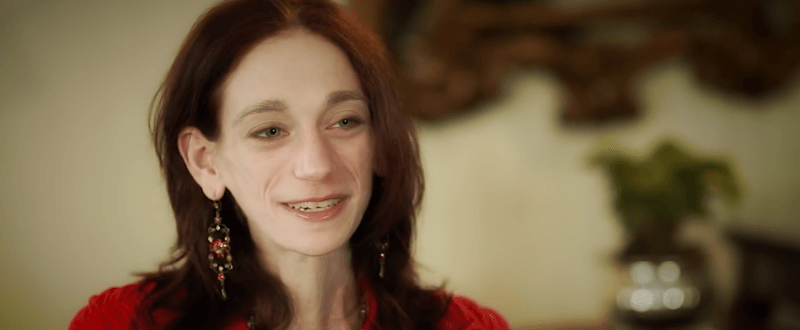
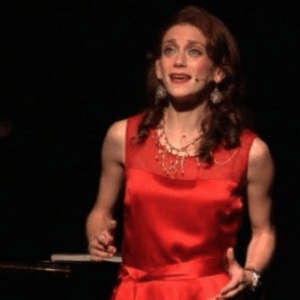
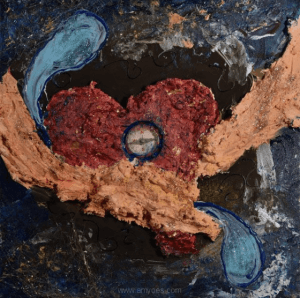 Eight years after my coma, I was finally headed towards a life of medical stability. I learned through experience that things can heal with time, and that’s not always the prettiest or easiest way. It was an extremely difficult journey, yet when I started to put together a musical of my life, things felt like they had happened for a reason. Now I had a story to tell, a message to share.
Eight years after my coma, I was finally headed towards a life of medical stability. I learned through experience that things can heal with time, and that’s not always the prettiest or easiest way. It was an extremely difficult journey, yet when I started to put together a musical of my life, things felt like they had happened for a reason. Now I had a story to tell, a message to share.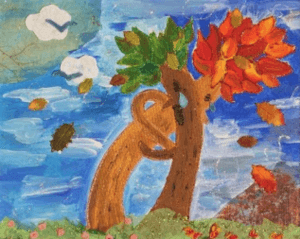 Through Gutless & Grateful, I’m sharing my story and helping others find the gifts and the gratitude in the hardships. And in healing other people, I heal my own self a bit more every day. I’m not there yet, but just like my show – I’m on the road.
Through Gutless & Grateful, I’m sharing my story and helping others find the gifts and the gratitude in the hardships. And in healing other people, I heal my own self a bit more every day. I’m not there yet, but just like my show – I’m on the road.